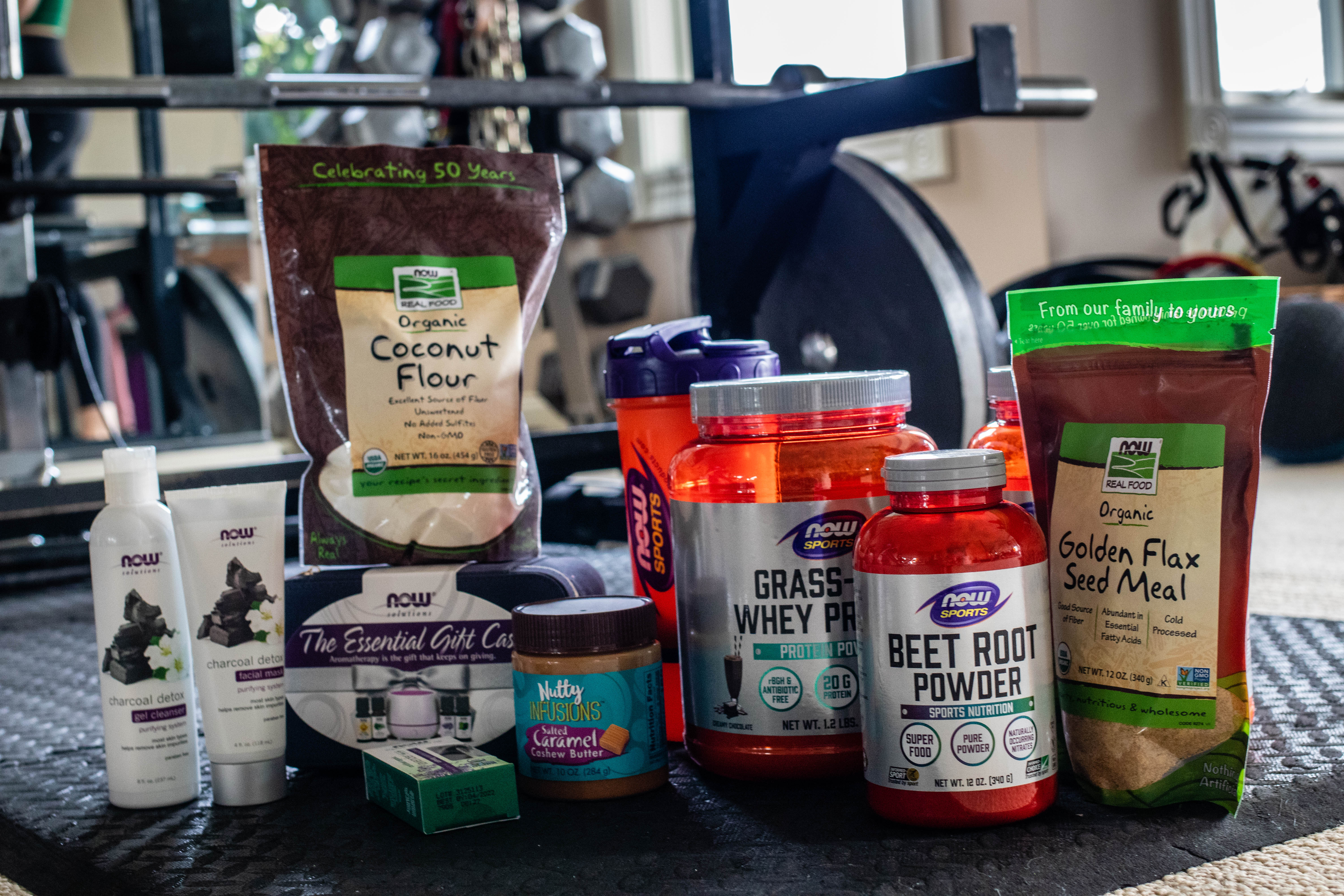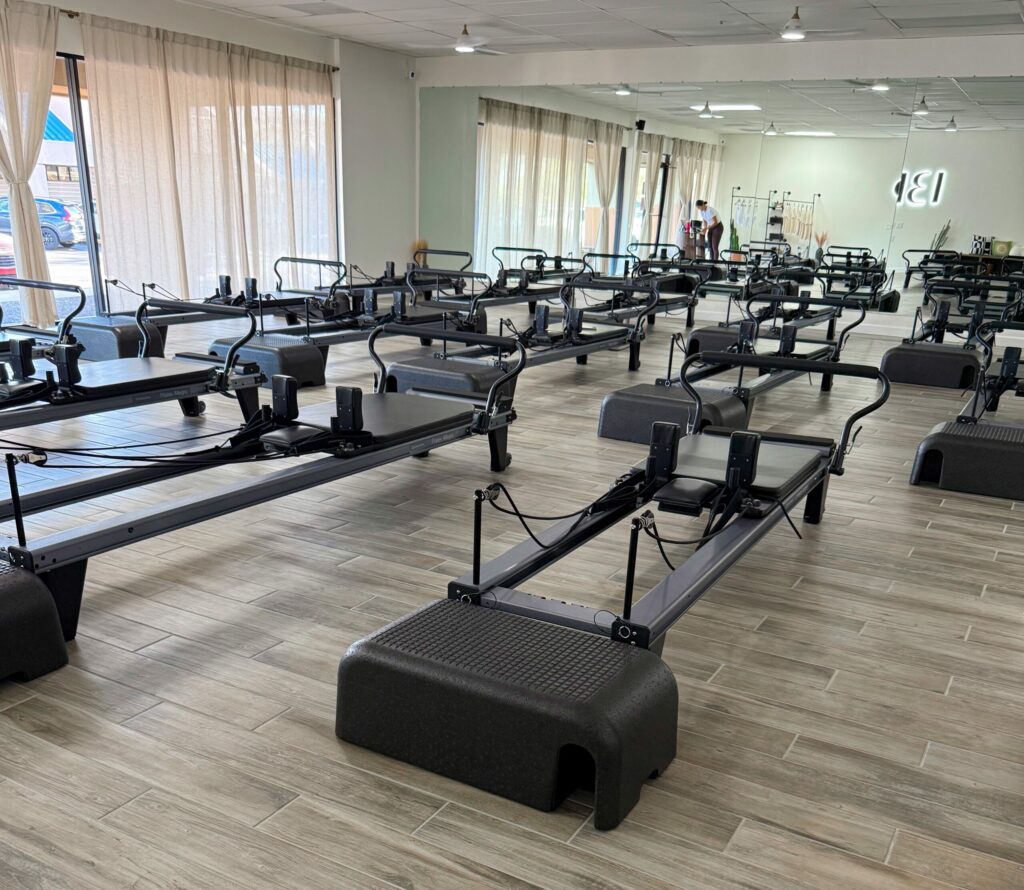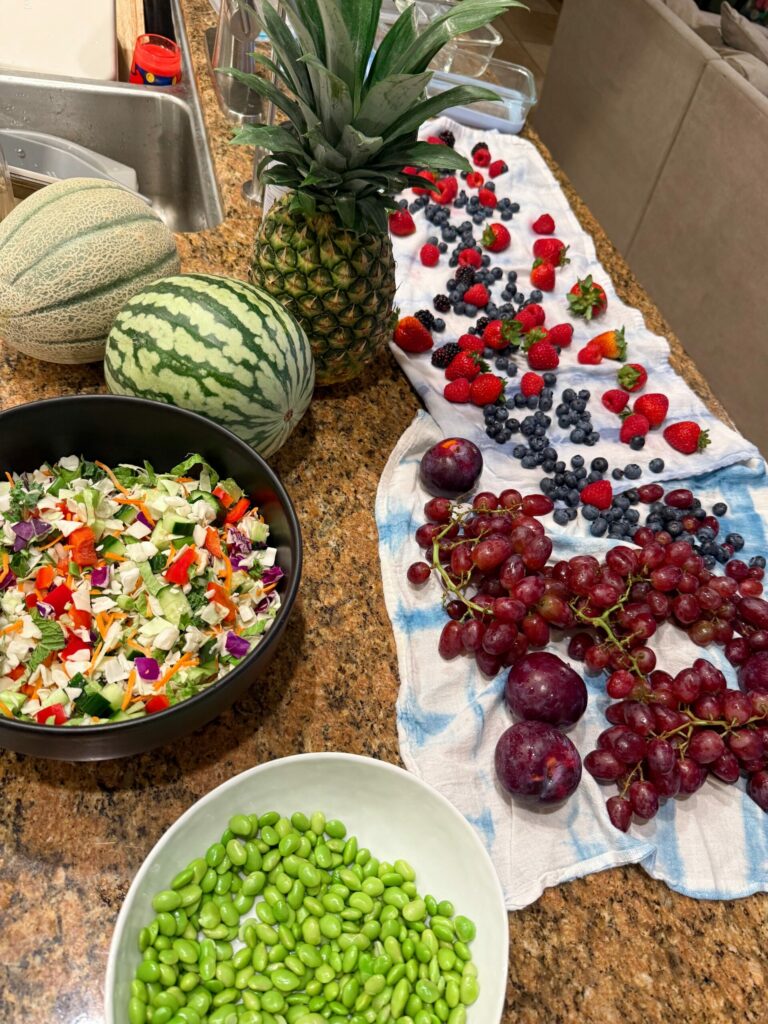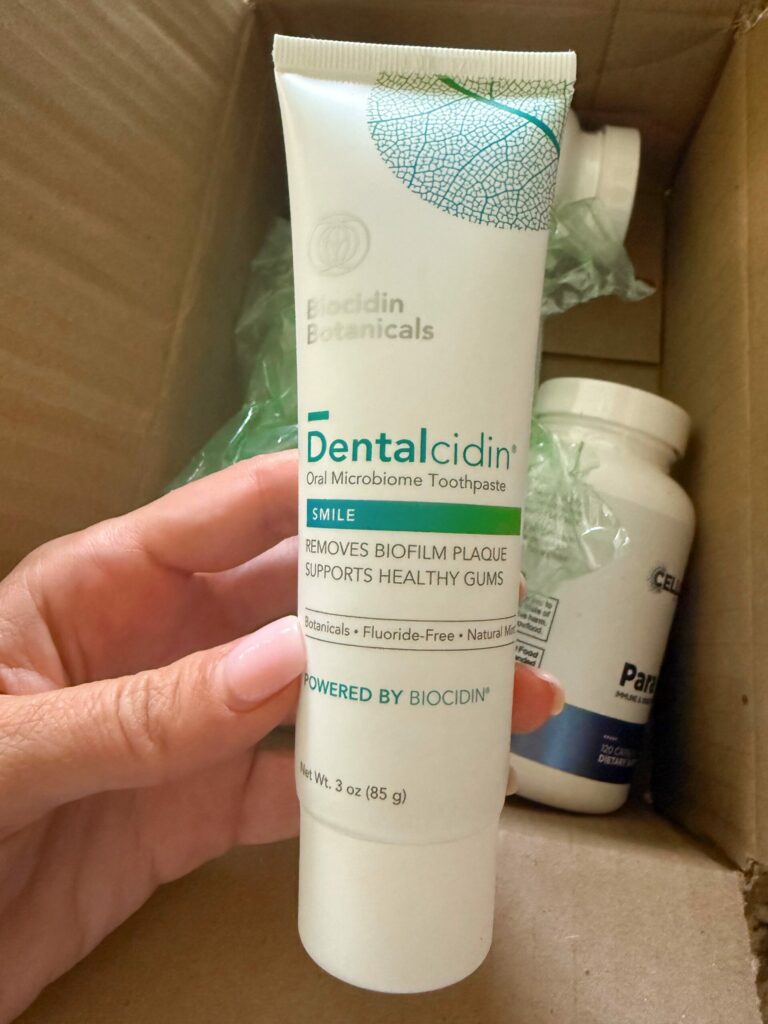If you’re passionate about health and helping others thrive, but you’re not interested in spending years in medical school, you’re not alone. More people than ever are stepping into meaningful, impactful wellness careers that don’t require an MD, RN, or NP after your name.
The wellness industry is booming. As people seek out holistic, preventive, and sustainable ways to feel better, they’re turning to professionals who can guide them in lifestyle changes, movement, nutrition, and mindset. And the best part? Many of these rewarding careers are accessible with the right certifications, training, and entrepreneurial drive, with no white coat required.
If you’re wondering how to turn your love for health into a career that helps others while giving you freedom and purpose, this article is a great place to start. Below are 10 dynamic wellness careers you can start without a medical degree, including what each one entails, what day-to-day life looks like, and how to get started.
Health Coach
The rise of the health coach reflects a shift in how people want to be supported on their wellness journeys. Rather than just prescriptions, they’re looking for people who will listen, motivate, and guide them toward lasting lifestyle changes.
Health coaches work with clients to address nutrition, stress, sleep, fitness, and overall well-being. They help people identify what’s holding them back and build habits that stick. Coaching isn’t about giving medical advice; it’s about empowering individuals to make their own informed choices.
How to become a health coach starts with education. A comprehensive health coach certification, like the one offered by AFPA, equips you with the science of behavior change, coaching techniques, communication skills, and a solid understanding of holistic wellness. Plus, it sets you on the path to becoming a board-certified coach.
Health coach jobs span private practice, wellness apps, corporate wellness programs, healthcare organizations, and more. Many professionals now offer remote health coach jobs that allow them to work from anywhere. This path is filled with purpose and potential.
Nutrition Coach
Nutrition affects every aspect of health, yet most people struggle to navigate the overwhelming amount of information out there. That’s where nutrition coaches step in. These professionals help clients make health-promoting food choices.
Unlike registered dietitians, who provide medical nutrition therapy, nutrition coaches focus on lifestyle and behavior. They work with individuals to improve energy, manage weight, reduce cravings, or support athletic performance.
Wondering how to become a nutrition coach? The journey typically starts with a nutrition coach certification, which trains you in the fundamentals of nutrition science, behavior change, and client support.
Wondering what a career as a nutrition coach is like? A career as a certified nutrition coach can be highly flexible. Many professionals run online coaching businesses or offer hybrid services that include in-person and remote sessions. Some build group programs or educational content.
The demand for certified nutrition coach jobs continues to grow, and many are curious about the potential. Depending on your client base and service structure, your nutrition coach salary can vary, but it often scales with experience and niche. A certified nutrition coach salary may be just the beginning. Many coaches also develop courses, write books, or launch membership programs to expand their income streams.
Corporate Wellness Coach
Companies are beginning to understand that programs which support employee health are not just a nice-to-have. They’re essential for productivity, retention, and company culture. As a result, many companies will employ a corporate wellness coach. In fact, the global corporate wellness industry is expected to grow 6.9% between 2025 & 2035.
These professionals work with organizations to implement programs that support employee well-being, like stress-reduction workshops, fitness challenges, or team wellness initiatives. Some also offer private coaching for employees looking to improve their physical or mental health.
Most people enter this field after gaining experience in coaching or personal training and earning additional credentials in wellness. A corporate health and wellness coaching role may require a deep understanding of organizational dynamics, as well as people skills and program design experience.
There are a growing number of corporate wellness coach jobs, many of which are part-time or contractual. Salaries vary depending on the size of the organization and your level of involvement. The average corporate wellness coach salary can range from project-based fees to six-figure opportunities for those managing large-scale programs or consulting across multiple businesses.
Wellness Program Designer for Schools or Communities
Wellness isn’t just an individual effort; it’s also a community one. If your goal is to create systemic change, designing health and wellness programs for schools or neighborhoods can be incredibly rewarding. This role involves developing initiatives that promote healthy behaviors at scale. You might build fitness classes for kids, lead workshops on emotional regulation, or organize cooking classes for low-income families. The goal is to improve health outcomes by making wellness more accessible and inclusive.
While this path may not always have a clear job title, roles like community wellness coordinator or health program specialist often fall under this umbrella. They can be found in nonprofit organizations, public health departments, and schools.
Salary depends on the sector and state, but the work is deeply impactful.
Wellness Podcaster
If you love to communicate, educate, and inspire, podcasting is a creative way to make your mark on the wellness world. The best part? You don’t need a fancy studio or a broadcasting degree to get started…just a mic, a mission, and a message.
Wellness podcasts come in many forms: interviews with experts, deep dives into health trends, personal storytelling, or practical tips and tricks. Whether you’re launching a health and wellness podcast to complement your coaching business or building a standalone show, podcasting can allow you to reach thousands of listeners and beyond.
Monetization can come through sponsorships, paid memberships, digital products, or affiliate marketing. And beyond income, it helps establish your credibility, build your brand, and connect with an engaged audience.
If you’re a great communicator and love exploring big ideas, podcasting could be a fun and unique entry into the wellness space.
Wellness Product or CPG Entrepreneur
Do you have an idea for a clean-label snack, an adaptogenic drink, or a plant-based skincare line? Welcome to the world of the CPG entrepreneur, where wellness meets product innovation.
Building a consumer packaged goods (CPG) brand takes more than a good idea. It requires an understanding of your market, a strong brand story, and the grit to bring your product to life. You might start by selling at local markets, growing an Instagram audience, or launching a direct-to-consumer store online.
Many CPG entrepreneurs in wellness begin by solving a problem they’ve experienced themselves. Maybe they wanted a pre-workout with fewer ingredients or a collagen product that aligned with their values. From there, they researched, tested, and built their business from the ground up. Erika Peterson, co-founder of Clean Simple Eats, is an example of an AFPA wellness graduate who has built a massive business selling protein powders, supplements, and more.
This is one of the more complex paths on the list, but it’s still possible. If you’re entrepreneurial by nature and want to bring something new into the wellness space, this could be your path. Or maybe you’d be more interested in joining a team that is already developing or promoting a product you really believe in.
Personal Trainer
Few careers offer the immediate impact and flexibility of becoming a personal trainer. If you love movement, motivation, and transformation, this is a direct and fulfilling way to help others build strength, confidence, and resilience.
Personal trainers work in gyms, studios, private homes, and online. Some specialize in strength training, while others focus on corrective exercise, mobility, or athletic conditioning. Many professionals now work as online personal trainers, offering video-based sessions or customized programming through apps and other platforms.
Getting started usually involves earning a personal trainer certification, which covers exercise science, programming, client assessments, and safety. Once certified, you can explore various niches.
If you’re wondering how to become a personal trainer, it might be more accessible than you think. Programs like those offered by AFPA allow you to learn at your own pace, on your schedule. The average personal trainer salary varies widely depending on location, niche, and experience, but the freedom to design your career is one of its biggest draws. Whether you’re looking for personal training jobs at a gym or want to go solo, the possibilities are endless.
Pre/Postnatal Fitness or Wellness Specialist
Supporting people through pregnancy and postpartum recovery is one of the most rewarding paths in wellness. A prenatal fitness specialist ensures exercise is safe and effective during pregnancy, while a postnatal fitness specialist helps mothers regain strength and mobility. Many practitioners in this space do both.
With a pre and postnatal fitness online certification, you’ll learn how to adapt movement for the physiological and psychological changes of pregnancy and recovery. AFPA’s certification, developed in partnership with ProNatal Fitness®, is evidence-based and designed for real-world application.
FREE TRIAL
Experience the AFPA Pre & Postnatal Fitness Specialist Course Firsthand for Free!
Experience 2 full modules from the AFPA Pre & Postnatal Fitness Specialist Certification Course for 14 days. No credit card required!
This career is ideal for those who are passionate about serving this specific client base. Whether you’re teaching group classes, offering online coaching, or leading educational workshops, your knowledge and support can make a life-changing difference.
Online Wellness Entrepreneur
If flexibility, creativity, and impact are your top values, building a digital wellness business might be your dream path. Online-based wellness entrepreneurs are people who create coaching programs, digital products, webinars, and online communities that help people improve their health from anywhere in the world.
This career requires more than just wellness knowledge—you’ll also need marketing skills, a content strategy, and a willingness to keep learning. Many entrepreneurs start with a certification in coaching or fitness and then use digital tools like email automation, course platforms, and social media to start building an audience.
There’s no one way to do this work. You might build a membership community, lead group coaching sessions, sell eBooks, or host wellness retreats. What makes this path exciting is the scalability: you’re not limited by location or time, and your business can grow as your audience does. This path gives you the autonomy to shape your own vision of success.
Yoga Instructor
Last but certainly not least, yoga instruction is one of the most impactful and versatile wellness careers you can pursue without a medical degree. As a yoga instructor, you’ll guide students through poses, breathing techniques, and mindfulness practices that promote strength, mobility, and mental health. According to Yoga Alliance, about 10% of the US population practices yoga.
Becoming certified typically involves completing a yoga instructor certification course. Many professionals pursue a 200-hour certification and later add specialties like trauma-informed yoga, prenatal yoga, or yoga therapy. If you’re wondering how to become a yoga instructor online, programs like AFPA’s online course offer flexible, self-paced options.
Once certified, you can teach in studios, corporate settings, retreat centers, or online. Whether you’re offering live Zoom classes, recording videos for a wellness app, or leading retreats, the opportunities are as expansive as the practice itself.
You Don’t Need a Medical Degree to Make a Difference
The wellness industry needs passionate, knowledgeable, and dedicated professionals, and you don’t need a white coat to qualify. Whether you become a certified health coach, a skilled personal trainer, a mission-driven nutrition coach, or a trailblazing wellness entrepreneur, you can build a meaningful career that changes lives.
Ready to take the next step? Explore AFPA’s certification programs to find the right fit for you.
Reviewed by
Diane Vives, M.S.
Senior Director, Health & Wellness Professional Education
![Now Foods $250 Giveaway! [2020 Days of Giveaways] Now Foods $250 Giveaway! [2020 Days of Giveaways]](https://www.powercakes.net/wp-content/uploads/2020/12/IMG_4725-e1608519857625.png)











![Now Foods $250 Giveaway! [2020 Days of Giveaways] Now Foods $250 Giveaway! [2020 Days of Giveaways]](https://i2.wp.com/www.powercakes.net/wp-content/uploads/2020/12/IMG_4725-e1608519857625.png?w=1200&resize=1200,0&ssl=1)



















![HydroJug Giveaway & The Importance of Hydration! [Days of Giveaways 2020] HydroJug Giveaway & The Importance of Hydration! [Days of Giveaways 2020]](https://i3.wp.com/www.powercakes.net/wp-content/uploads/2020/12/11.jpg?w=1200&resize=1200,0&ssl=1)
![HydroJug Giveaway & The Importance of Hydration! [Days of Giveaways 2020] HydroJug Giveaway & The Importance of Hydration! [Days of Giveaways 2020]](https://www.powercakes.net/wp-content/uploads/2020/12/11.jpg)


















